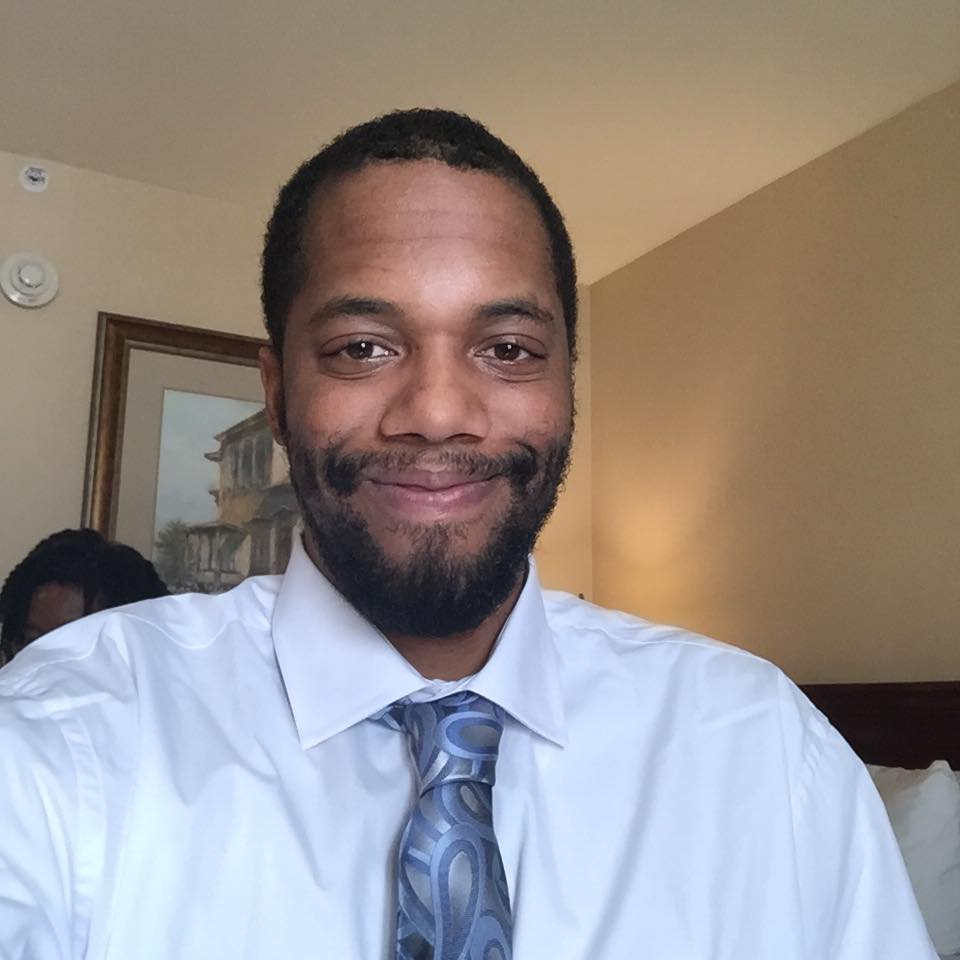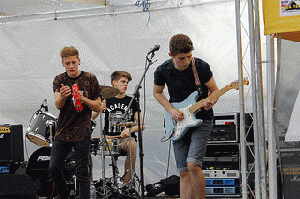Rapid Gentrification has hit Bedford Stuyvesant. A number of whites have moved in and the character of the neighborhood has changed. The housing stock, mostly run down 10 years ago, has seen considerable investment. The area has gotten more bank branches, and more grocery store expansions. New restaurants and cafes have opened up. As Sam Roberts of the New York Times reports:
"Overshadowed by Harlem's racial metamorphosis since 2000, an even more striking evolution has occurred in Bedford-Stuyvesant. Over all, the neighborhood is now barely 60 percent black - down from 75 percent a decade ago. But in the older Bedford section west of Throop Avenue, according to the 2010 census, blacks have recently become a minority of the population for the first time in 50 years."
What all of a sudden made Bed Stuy so popular? Basically, if you want to move into already gentrified neighborhoods, such as Chelsea, East Village, or Williamsburg, you need to be making a fantastic amount of money. The way urban areas work is like this. If you aren't very wealthy, you'll ideally like to move into a poor neighborhood before it becomes the next big thing. The nations's major city have high demand for housing, as people gravitate towards the inner city to be closer to work and other opportunities. So those who moved into places like Chelsea and the Village in the 80s, or Williamsburg in the 1990s, when a number of people would have accused them of being crazy, have totally made out well. Once neighborhoods like Williamsburg and Greenpoint became expensive, Bedstuy, with its comparatively large apartments, looked more attractive. The neighborhood is served by the subway and the Long Island RailRoad, with the G train, the A and C trains, and the J, M, and Z trains. Its a short commute from Manhattan. A lot of gays have moved to Bedstuy. It's short train ride from both Williamsburg and the East Village, both of which have a number of gay bars. It had a lot of empty space in which to place new restaurants and cafes, as well as new businesses such as Home Depot, which opened up a few years ago. The change this has created is striking. As Sam Roberts of the New York Times reports:
"The spillover from more expensive neighborhoods, like Williamsburg, Fort Greene and Clinton Hill, has produced a striking metamorphosis in relatively short order.
On Greene Avenue, down the block from Mr. Dunlea and Ms. Enck, a four-family town house is listed at $1.5 million. An area that epitomized racial tension around a pizza parlor in Spike Lee's 1989 film "Do the Right Thing" is now home to several Zagat-rated restaurants and to Nice (as in France) Pizza, which features a "La Baltique" pie topped with smoked salmon and heavy cream ($20 for the 16-inch version)."
So the neighborhood is now quite trendy. Rachel Singer talks of what endures her and others to the neighborhood:
"The whites are coming back to Bed-Stuy because the City has become prohibitively expensive to live in-and, these days, chances are our giants are in Brooklyn, anyway. The whites are coming back because, as long as we live here, in Brooklyn, we can distance ourselves from the suburban upbringings we spent eighteen years waiting to shake off. The whites are coming back because the towers and Yellow Cabs of Manhattan no longer speak to us in a language we understood, the way New York City once spoke to a generation of Americans with promises of success, dignity, and middle-class dreams. The whites are coming back because we want, very simply, a roof over our heads and a place to meet friends for coffee or a beer, where we can be ourselves, or discover ourselves, as close to our giants as we can get."
The Daily News states that at this point, in the previous three years (2010-2012) the white population of Bedstuy has increased 6 fold, while the black population has decreased by 14%.
In short, Bedstuy has changed from Do or Die Bedstuy to a place where you come to when you want to live in NYC and establish your career. But this hipsterization isn't the full story of what is happening in Brooklyn. What happened to the poor Blacks who got displaced out of Bedstuy? Clearly they didn't disappear from the face of the earth. Where did they move to? As the New York Daily News Reports:
""In Bed Stuy it used to be a lot of black and Latinos and the rent wasn't bad...It used to be easy to find an apartment in Bed Stuy, but now the landlords don't want to accommodate people in government programs because they have a demand from white people," said Jasmine Bennett, 32, who moved from Bed Stuy to East New York two years ago.
East New York was an already poor neighborhood. It, along with Brownsville have the highest concentration of housing projects in the country. As gentrification hit Bedstuy, the poorest people simply moved to neighborhoods that had many landlords who took government benefits with little to no vetting of tenants. These neighborhoods, East New York, Brownsville, Cypress Hills, Canarsie became even poorer as a result. Gentrification in big cities doesn't move poor people out of the inner city. It does displace them from the urban core, which is more valuable because it's close to areas where people with money want to work or socialize. Many of these run down areas close to the urban core are former industrial neighborhoods and the real estate is often underutilized. Williamsburg had a lot of empty factories and warehouses, and Bedstuy had a number of abandoned buildings that were bought by developers. Bedstuy is only a 30 minute commute from Manhattan, and it borders trendy gentrified Williamsburg. But neighborhoods like East New York are too far from the urban core to be of interest to those with money, and they've been official dumping grounds for the city's poorest population elements for decades. These poor, predominately parts of Brooklyn still have the highest violence and crime rates in the city.






